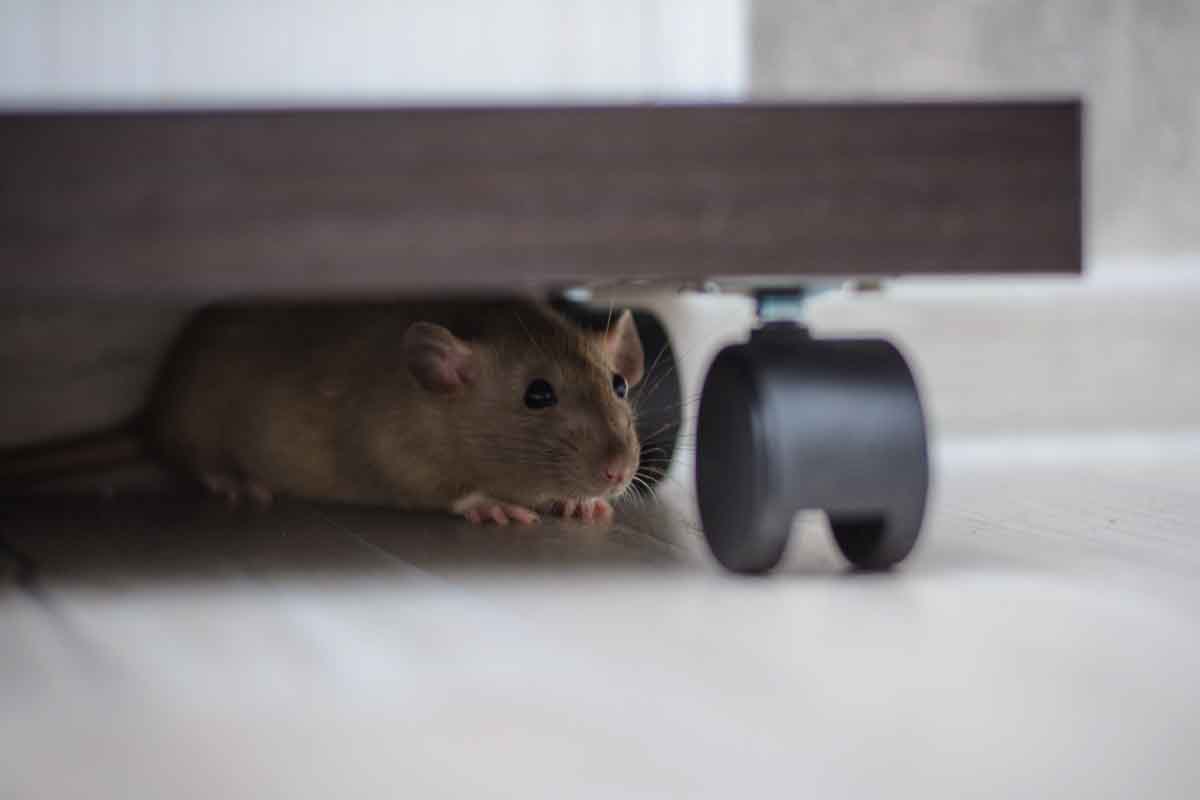How to Find and Seal Mouse Holes: A Guide to a Mouse-Free Home
Share
Dealing with unwanted guests like mice can be quite a challenge, especially when they find a way into your home through tiny openings. Understanding how to find and seal mouse holes is crucial to ensuring your home remains a safe and comfortable space. In this guide, we will explore effective strategies to locate these pesky entry points and seal them efficiently.

Understanding the Problem: Why Do Mice Enter Homes?
Mice are resourceful creatures, and their primary motivation for invading homes is the search for food, water, and shelter. Tiny as they are, mice can squeeze through openings as small as a quarter of an inch. Once inside, they can cause considerable damage, gnawing on wires, spoiling food, and spreading diseases. Thus, learning how to find and seal mouse holes becomes a vital part of maintaining a healthy living environment.
Identifying Mouse Entry Points
The first step in dealing with a mouse infestation is to identify where they are entering your home. Here are some common signs and places to inspect:
1. Mouse Droppings
Mouse droppings are often the first indicator of their presence. These small, dark pellets are usually found near food sources or along their runways. If you notice droppings, it's likely that an entry point is nearby.
2. Gnaw Marks
Mice have a natural instinct to gnaw on objects to keep their teeth sharp. Look for gnaw marks on wood, plastic, or even electrical wires. These marks can help you trace back to their entry points.
3. Chewed Packaging
If you notice packaging in your pantry or storage areas that have been chewed, it's a clear sign of mouse activity. Check around for holes or gaps near these areas.
4. Track and Grease Marks
Mice often leave greasy smudges along their pathways. These marks are usually found along walls, as mice have poor eyesight and rely on their whiskers to navigate.
Steps to Seal Mouse Holes
Once you've identified potential entry points, the next step is to seal them effectively. Here's how:
1. Use Steel Wool and Caulk
Steel wool is an excellent material for blocking small holes. Mice cannot chew through steel wool, making it a perfect barrier. Insert steel wool into the hole and seal it with caulk to ensure it stays in place.
2. Install Door Sweeps
Gaps under doors can be an easy entry point for mice. Installing door sweeps can help prevent them from slipping through.
3. Seal Cracks and Gaps
Check for cracks in your foundation, walls, and around windows. Use a silicone-based sealant to fill these gaps and prevent mice from entering.
4. Use Expanding Foam
For larger holes, expanding foam can be a useful tool. It fills the space and hardens, creating a barrier mice cannot penetrate.
Maintenance and Prevention
Sealing mouse holes is just one step in the process. Ongoing maintenance and prevention are key to keeping your home mouse-free:
1. Regularly inspect your home for new entry points or signs of mice.
2. Keep food in airtight containers and clean up crumbs and spills promptly.
3. Maintain a clean and clutter-free environment to reduce hiding spots.
For more tips on keeping your home free from mice, check out this comprehensive guide on getting rid of mice.
Additional Resources
If you're interested in learning more about rodent control, consider reading about making a rodent control plan for your home, or explore AI-based rodent trap solutions for more modern approaches to pest control.

FAQs
1. How do I know if I have a mouse infestation?
Look for common signs such as droppings, gnaw marks, and tracks. If you notice these, it's likely you have an infestation.
2. Can mice chew through sealants?
While mice can chew through some materials, using steel wool, metal mesh, and strong sealants like silicone can effectively block their entry.
3. What are natural deterrents for mice?
Natural deterrents include peppermint oil, which mice find unpleasant, and ultrasonic repellents that emit high-frequency sounds.
